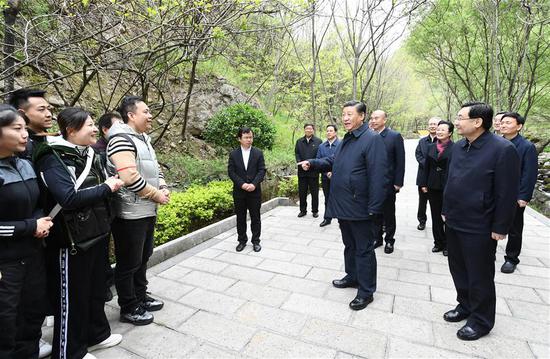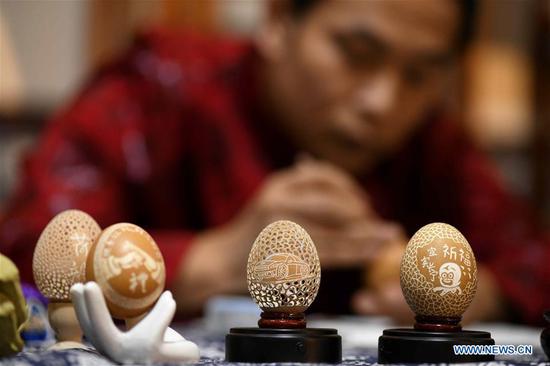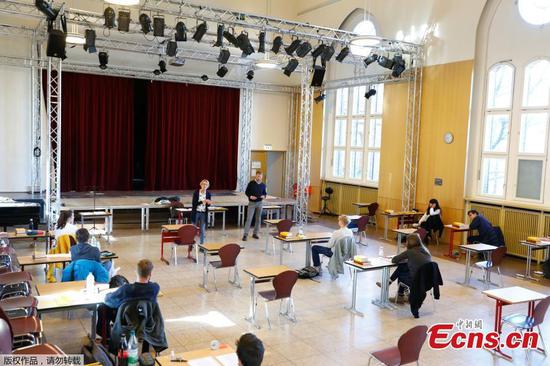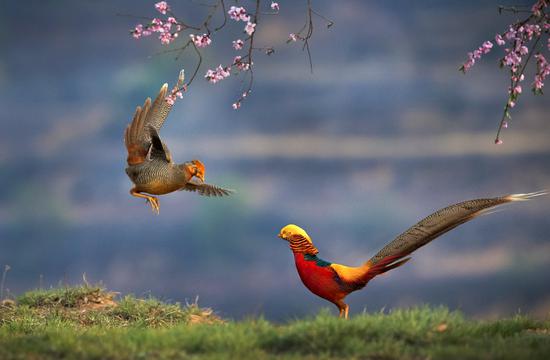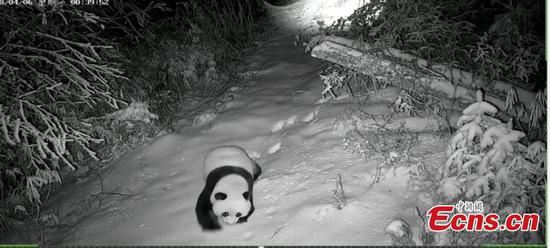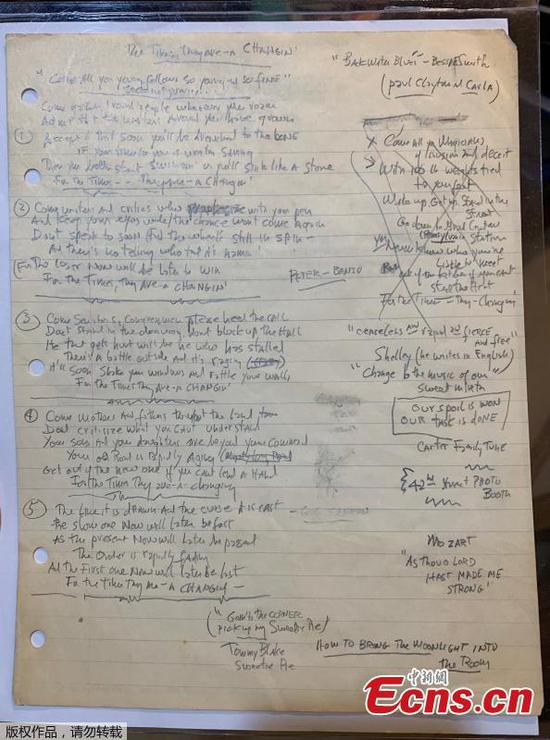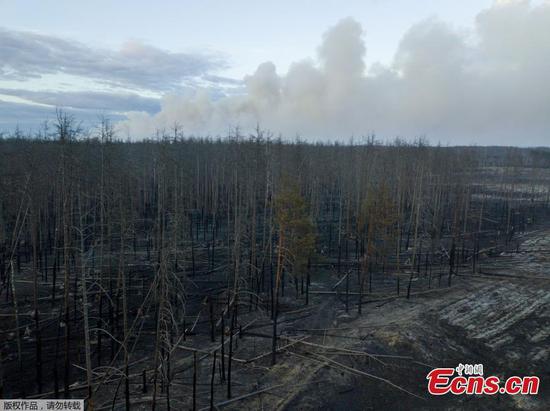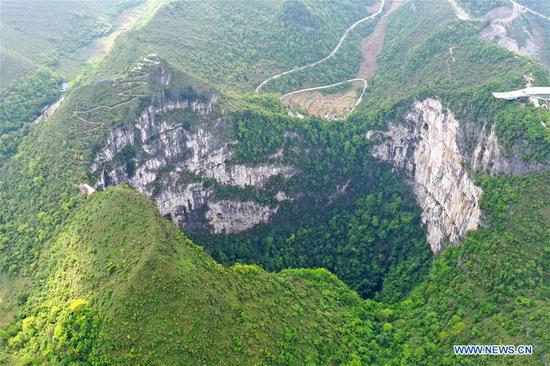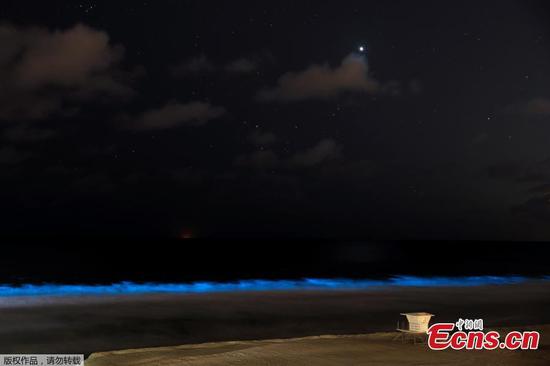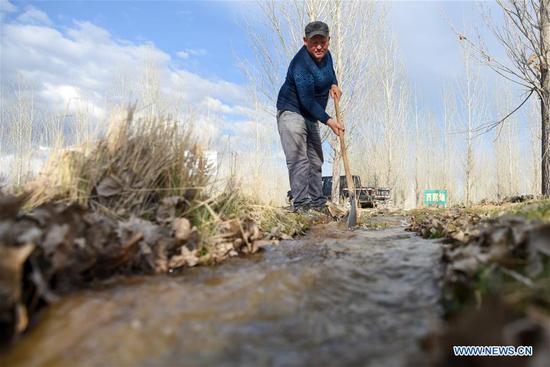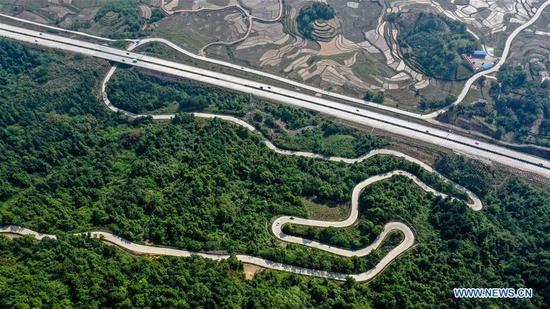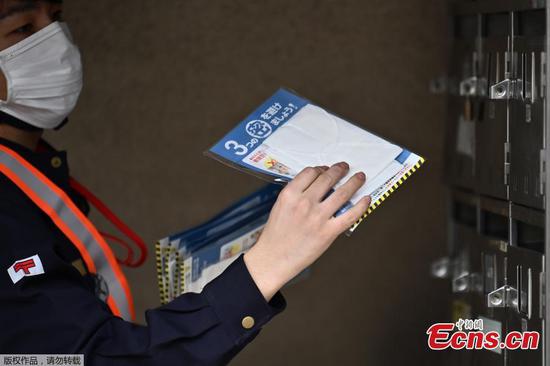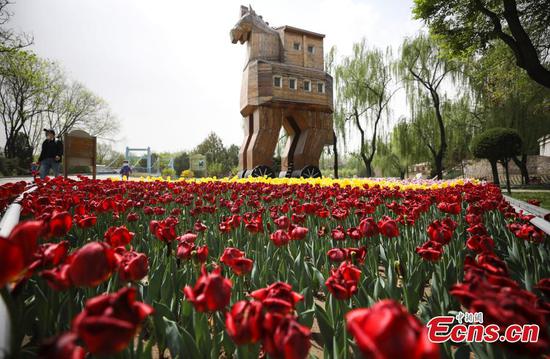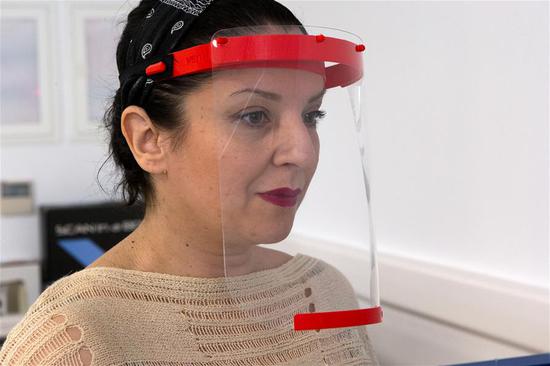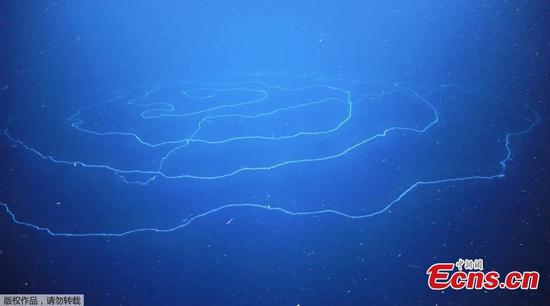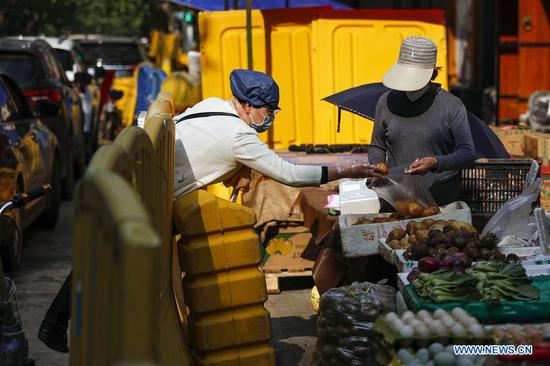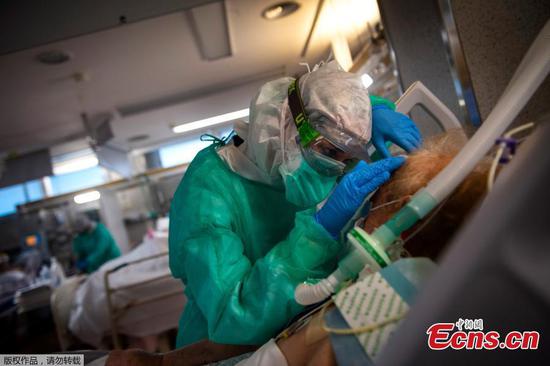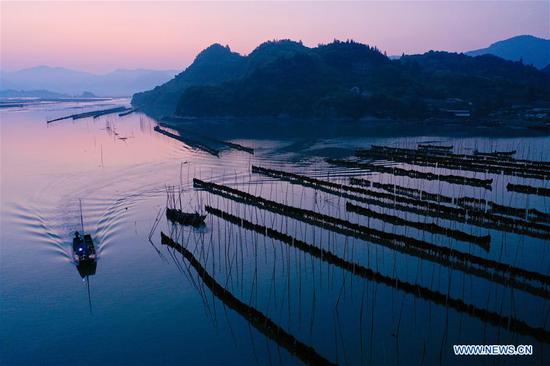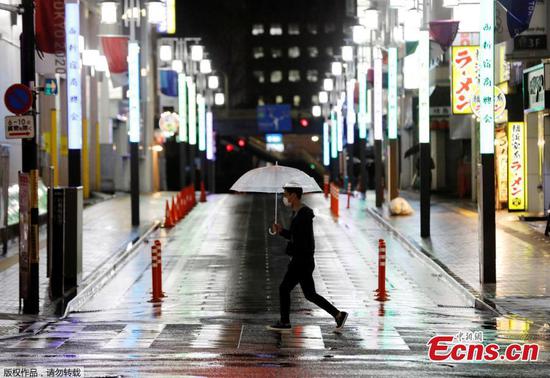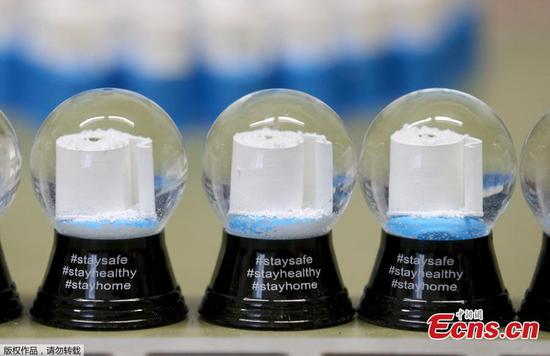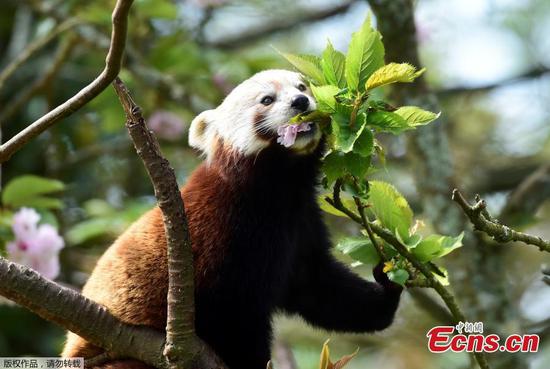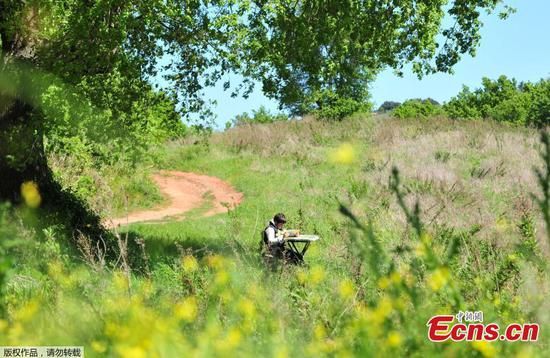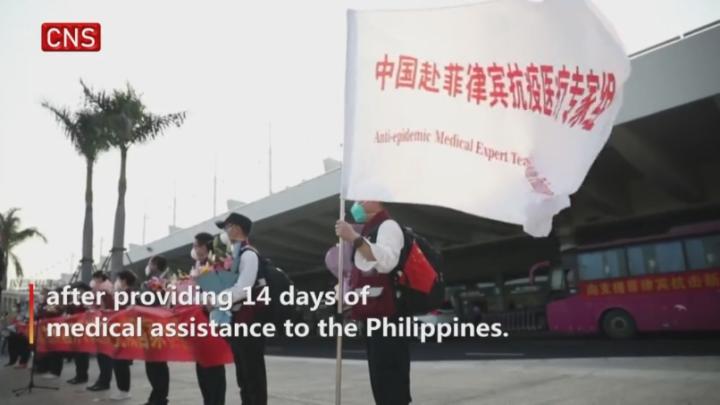II. Social isolation and traffic control
China has huge people flows. In the absence of vaccines or treatment protocols, self-isolation, as a standard quarantine measure, proved to be the most effective non-medical means to stop the spread of the virus. China mobilized an unprecedented large-scale public health response, with "upstream interception" in areas with severe outbreaks to cut off the source of infection and "full prevention and control" in other areas. The exceptional measures of social isolation and the discretionary and humane approach to social control stalled the spread of the virus and proved to be the most critical factor throughout the country.
1. City lockdown and transport freeze in hardest-hit areas
— Outbound travel was suspended and tight restrictions were imposed in Wuhan and Hubei province to cut off the virus' transmission as much as possible. Ferry, long-distance passenger transport, air and rail links were suspended in Wuhan and Hubei, and all passenger transport to Hubei stopped. A total of 1,501 traffic checkpoints were established in Hubei province, at highway toll gates and road crossings in cities, counties and villages, including 51 in Wuhan and 1,450 in other cities and prefectures, to stop the virus from spreading to the rest of the country and rural areas with relatively poor health infrastructure within the province. Starting January 23, the citywide lockdown of Wuhan, a metropolis of 11 million permanent residents, lasted 76 days.
— Intra-city public transport in Wuhan and many other cities in Hubei was suspended. Wuhan suspended the operation of buses, subways, ferries and long-distance buses. Except for anti-epidemic vehicles, vehicles for transporting daily necessities, and special vehicles used for firefighting, emergency rescue, sanitation and police patrol, all other vehicles were barred from the road. Other areas in Hubei also carried out similar measures depending upon conditions.
2. Differentiated traffic controls in less severe areas
— Differentiated traffic controls were implemented in areas outside Hubei to prevent the outbreak from spilling over. The provinces abutting Hubei built traffic control "isolation zones" around it. Based on risk levels, from low to medium to high, the rest of the country implemented differentiated and region-specific measures of prevention and control within their jurisdictions to manage local transport services, urban public transport (including rail transit), and taxies (including e-hailing service).
3. Tactics to prevent social gathering and cross-infections
— Public places for entertainment and leisure such as cinemas, theaters, internet cafes and gyms were closed. At public places that had to be open — including stations, airports, docks, agricultural markets, shopping malls, supermarkets, restaurants and hotels, and in transport such as cars, trains and airplanes, measures like sanitation, disinfection, ventilation, inspections and crowd limits were in place. People had to wear face masks and have their temperature checked before entering these facilities.
— Working from home and distance education were promoted. Public gatherings were either canceled or postponed. Government agencies, public institutions and enterprises implemented prevention and control measures to manage employees, adopted more flexibility such as working online, staggered hours and staff rotation. Schools postponed reopening according to the local conditions while training institutions suspended all offline courses and replaced them with online teaching, effectively curbing the flow of 300 million school-related people across the country.
4. Community isolation basic line of defense
— Strict management of residential communities was universally adopted. Wuhan adopted a rigid regimen of community isolation. Entry and exit were forbidden except for medical treatment and epidemic prevention-related activities, while community workers took the responsibility to provide essential goods. Checkpoints were established to screen and register access and temperatures were taken on both entry and exit. Enhanced prevention and control measures were taken in places such as nursing homes, welfare institutions and mental health institutions.
— People across China stayed at home, following the call for self-isolation. On top of different local requirements like home isolation at the designated time, working from home and online learning, the 14-day home isolation after cross-regional travel was strictly implemented. Non-essential travel was denied even after the end of the isolation period, making an important contribution to cutting off the virus transmission chain.









